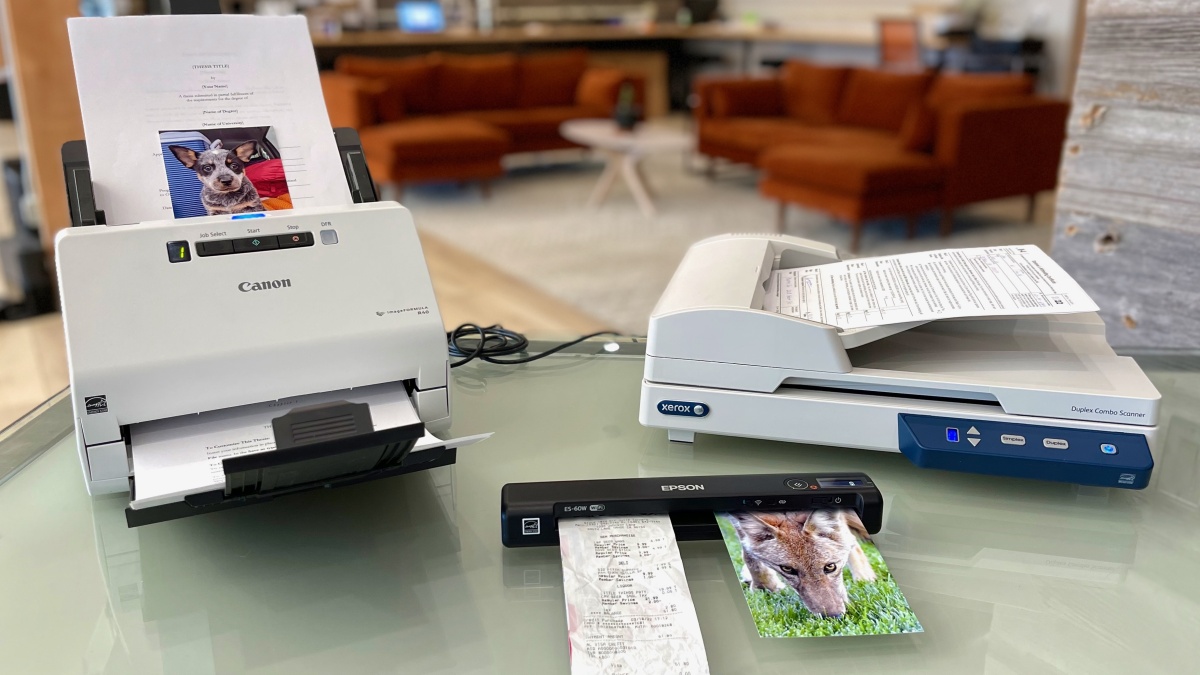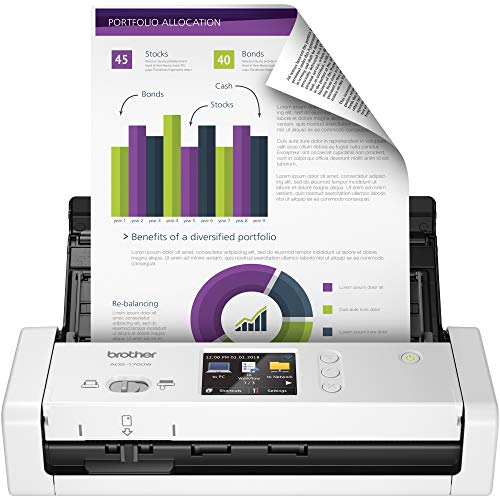The Best Scanners For Legal And Pictures: 2024 List
Brandon Forder Apr 18, 2024 12:03 PM
If you need to make a digital copy of a legal document, which is usually larger than an A4 sheet, you'll need a scanner that can handle documents of that size. In order to scan a legal-sized document, a device needs to be able to accommodate a page size of at least 8.5 inches wide by 14.0 inches tall.
Having access to a scanner that can handle legal-sized sheets is crucial for any institution that routinely processes a wide variety of papers and applications, including businesses and legislative bodies. Read on for a quick rundown, then dive into the specifics of each model to locate the finest scanners for legal and photography documents for your needs

Compare Products
- SCORE8.8
- BrandEpson
- Prime
Last update on 2024-04-18 / Affiliate links / Images, Product Titles, and Product Highlights from Amazon Product Advertising API
Scanner type
The first step is to zero down on a specific kind of scanner. Document handlers, which are ideal for businesses that routinely process large volumes of paperwork, come equipped with a sheet feeding mechanism in addition to the glass plate and lid seen on flatbed models.
Processing speed
How many pages you can scan in a day depends on how fast your scanner is. You can use that information to determine if a given legal size document scanner is suitable for your business's needs.
Optical scan resolution
The 600 dpi optical resolution standard in most scanners is more than adequate for court documents. To get the best results when scanning images, though, you'll need a scanner with a resolution of at least 1200 dots per inch (dpi).
No-fuss paper feeding
Always take the time to calculate the extreme dimensions of the papers you intend to scan. Find a scanner that supports double letter size (11" x 17") if you frequently scan long documents. A legal-size scanner's paper-feeding tray should maintain documents flat, aligned, and ready to scan. To prevent documents from falling over or folding backwards during the scanning process, legal paper, which is three inches taller than normal 8.5" by 11" paper, needs special support. You should also try to find tray adapters that can be manipulated to precisely feed documents of varying widths into the scanner.
Think about getting a flatbed scanner for scanning fragile, aged, or bound documents. We recommend that you avoid purchasing a vehicle that simply has a flatbed. If you're looking for the most efficient solution, one that will save you both time and money, consider investing in a combo machine that includes both a feeder and a flatbed. Scanning using a flatbed will always be the outlier. For example, the Fujitsu fi-8270's built-in flatbed is helpful for scanning thick papers, multi-sheet magazines, or bound periodicals.
Batch and volume scanning
If you need to scan documents that are legal size, invest in a scanner that is durable enough to tackle the task without slowing you down or causing you to miss a deadline. For example, if you're looking for a scanner that can accommodate 100 legal-sized pages, you should make sure it has automated separation control, which modifies the scanner's separation torque based on the amount of paper in the feeder. Look for stacker support capabilities that keep papers nicely ordered and reduce fussing after scanning if you're scanning documents in a batch that must remain in a specified arrangement.
Clear image quality
You might not give much thought to image quality if you're only concerned with scanning legal documents. Of course, maintaining the highest possible image quality is important regardless of whether or not you plan on scanning photographs. The legibility of scanned text is determined by the quality of the original image; if you want to avoid confusing a contract that expires in 2023 with one that expires in 2028, you'll need a scan of the highest possible resolution. Charts, corporate logos, and team photos are just a few examples of the kinds of visuals that may be found in otherwise text-heavy legal documents. Whenever possible, it would be ideal if legal-sized paper scanners could detect and digitize graphic pictures automatically, ensuring that the images were captured with the maximum resolution and no color shifts.
Smart scanner software
Want to locate a full quotation without wasting time? Need to verify an item of information but can't place it in your mind? Text search functionality in software is crucial for locating relevant information within digitized documents. Instead of manually searching through thousands of PDFs, you can just search for keywords or memorable phrases and receive a list of matching documents. Make sure your scanner software can read many languages if you plan on doing business abroad.
As an added convenience, scanning software should automatically assign file names and save locations so you don't have to manually do so after each scan. Intelligent software may, for instance, discover the case number and append it to the PDF file name as it processes legal documentation. Smart scanner software allows you to multitask while it analyzes and organizes papers by reading barcodes automatically and prompting you for input only when necessary.
What aspects do I need to pay attention to when picking a scanner?
Scanner type, speed, maximum sheet size, resolution, and connectivity choices are crucial considerations.
What scanner should I get to use at home?
Use models that are smaller and lighter in weight if possible. You may enjoy a smaller, less expensive scanner without worrying too much about scanning performance because you rarely need to handle a large number of documents at home.
What is a legal size scanner?
If you need to scan documents that are 8.5 inches wide by 14 inches tall, you'll need a legal size scanner. After realizing they needed extra room to write out lengthy contracts and other legal documents, lawyers spread the word about the benefits of using legal-size paper. Although not limited to the legal industry, many businesses and professionals find regular usage for this paper format, necessitating a robust technology capable of digitizing these papers. With the correct legal document scanner, you may safely back up vital records and files, or easily share them with colleagues across the country.
You might be surprised by how useful a legal-size flatbed scanner is. It facilitates the scanning of all the routine legal documents you deal with. As a result, picking the right one is crucial.
























